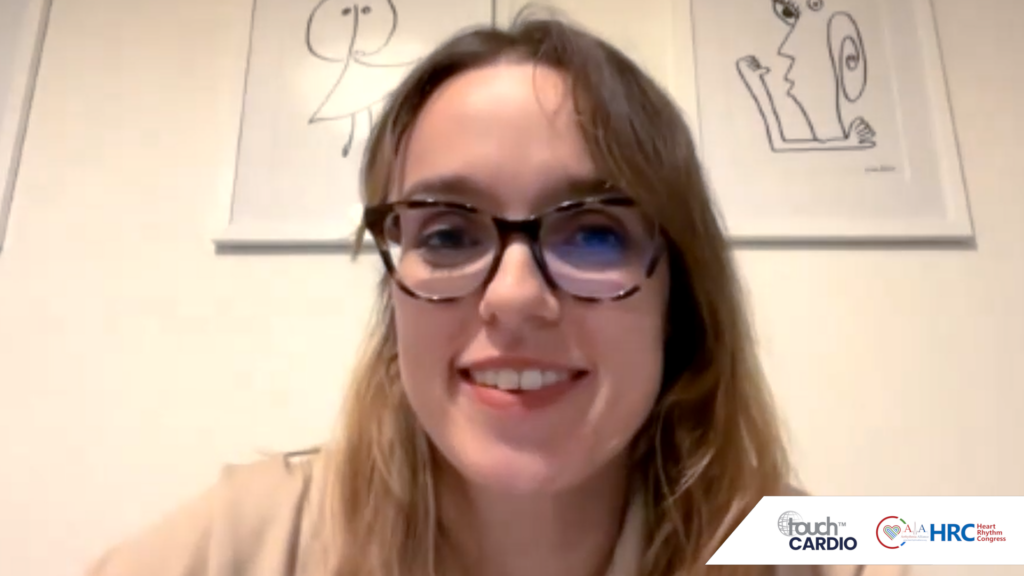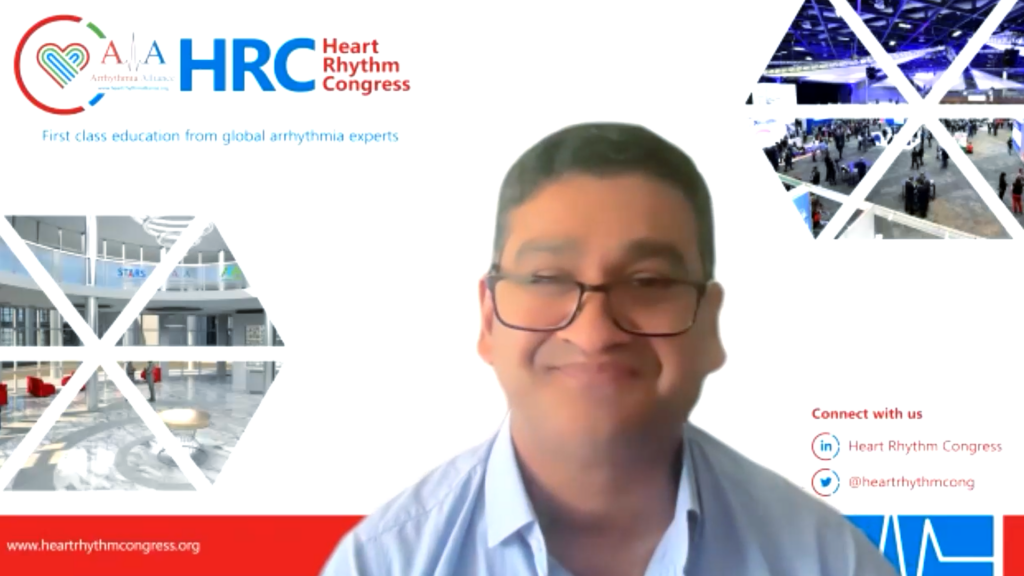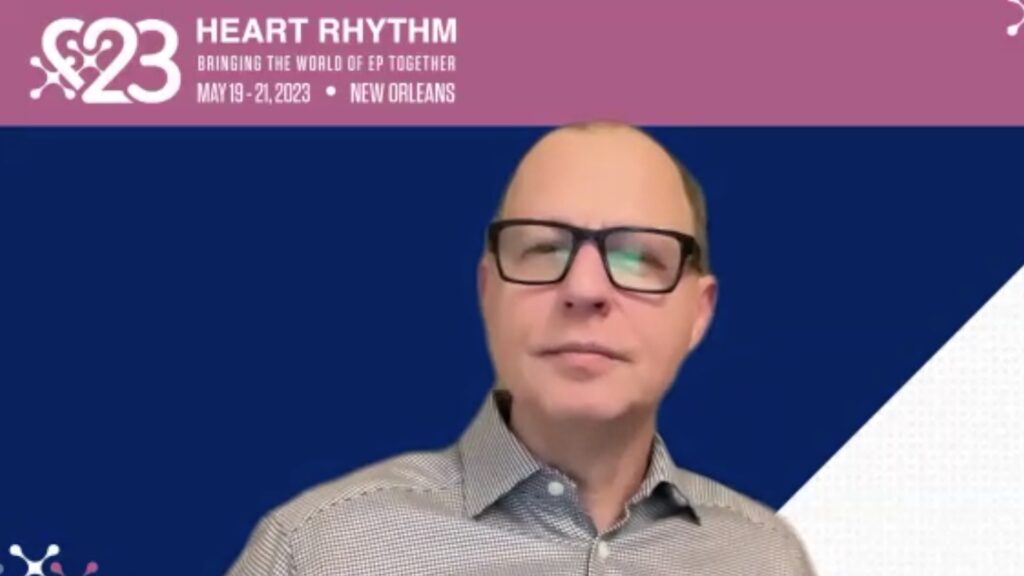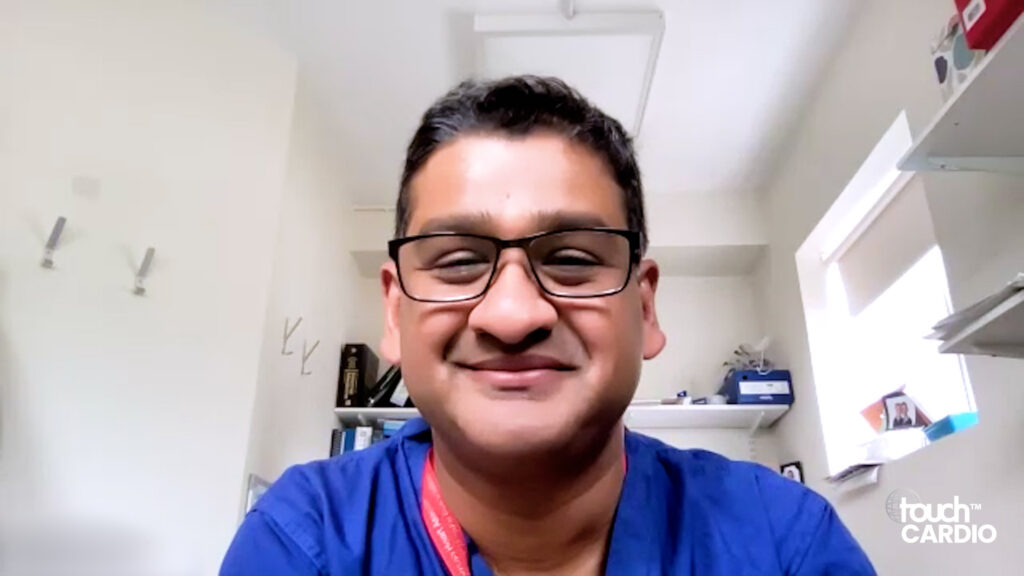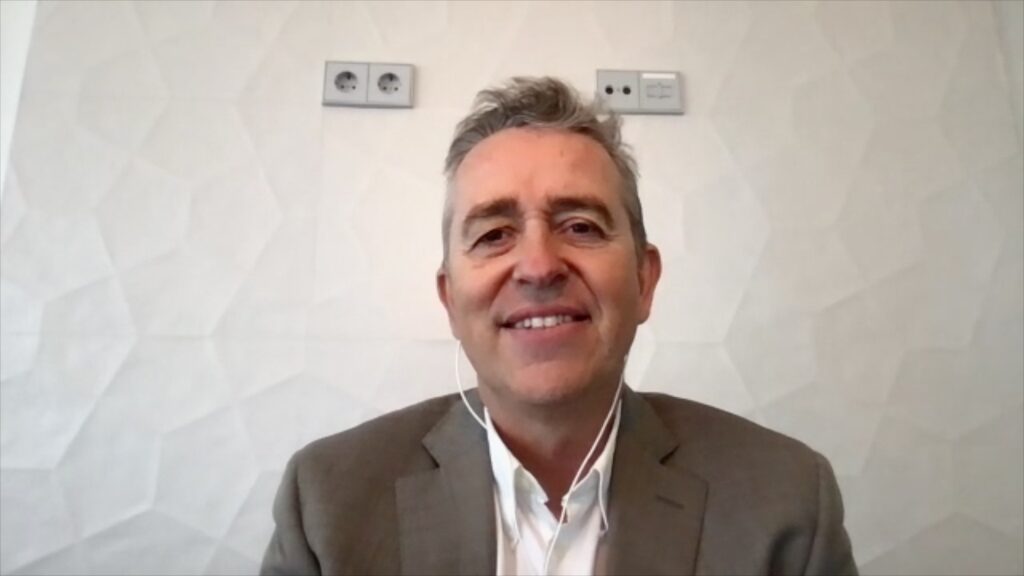touchCARDIO coverage of data presented at ESC 2024
touchCARDIO spoke with Professor Gilles Montalescot, Professor of Cardiology, Sorbonne University, Paris, France and Chairman of the ACTION study group to get the results from the AFLOAT randomised study, presented at ESC 2024.
AFLOAT aimed to evaluate whether flecainide could prevent atrial arrhythmia after patent foramen ovale (PFO) closure, a common complication in these patients. The study involved monitoring patients post-PFO closure and comparing flecainide’s effectiveness over 3 and 6 months.
The findings revealed that atrial arrhythmia occurs in 26% of patients after PFO closure, mostly within the first month. Flecainide was also ineffective in preventing these arrhythmias. Age, BMI, and device size were identified as risk factors for arrhythmia. The study emphasizes patient awareness of the risk and the need for monitoring, as no effective prevention strategy currently exists.
Disclosures: Gilles Montalescot has no financial or non-financial conflicts of interest to declare in relation to this video.
This content has been developed independently by Touch Medical Media for touchCARDIO and is not affiliated with ESC. Unapproved products or unapproved uses of approved products may be discussed by the faculty; these situations may reflect the approval status in one or more jurisdictions. No endorsement of unapproved products or unapproved uses is either made or implied by mention of these products or uses by Touch Medical Media or any sponsor. Views expressed are the speaker’s own and do not necessarily reflect the views of Touch Medical Media.
Click here for more content on arrhythmia and for further ESC 2024 highlights visit here.
Transcript
Introduction
Hi, I’m Professor Gilles Montalescot, I’m a cardiologist and Professor of Cardiology at Sorbonne University in Paris, and I work at Pitie Salpetriere APHP University Hospital, and I’m the president of the Action Study Group, which led this study.
What led to the hypothesis that flecainide might be useful in the prevention of atrial arrhythmia after patent foramen ovale closure?
First, we have to understand that atrial arrhythmia is a problem after PFO [patent foramen ovale] closure. It’s probably the most frequent complication for these patients. In the randomised trials, it has been reported to occur in 5% of patients globally, but it is totally underestimated, underreported, and when we look at the studies with long-term monitoring of the electrocardiogram, this number can go up to 20% or 22%. So it’s a frequent complication, and of course, it exposes a patient to stroke and complications, subfungal degradation, rehospitalization and so on. So what we wanted to do is to see if we could prevent this complication by the use of flecainide, which is an antiarrhythmic drug effective in the conversion of atrial fibrillation and which could be used in the prevention of atrial arrhythmia. So this is the overriding of this study.
What were the aims, design and eligibility criteria of the AFLOAT study?
What we wanted to do is to recruit the patient at the time of PFO closure, and, in the same setting, when we close the PFO, to insert a monitor of the electrocardiogram, for long-term follow-up of this patient. So they would be monitored for the electrocardiogram manually for several months.
Knowing this, first we would answer the question: what is the real incidence of atrial arrhythmia in these patients? There’s still a question mark about it. And second, by optimizing these patients to flecainide or no flecainide, is this drug effective to prevent these annoying episodes of arrhythmia exposing the patients to more complications. So, we calculated that we needed roughly 186 patients to answer the two questions.
What were the primary and secondary endpoints?
So the primary endpoint of the study was pretty simple. It was any atrial arrhythmia of >30 seconds occurring during the first 3 months after PFO closure. This is the definition of the guidelines for the atrial fibrillation, so it’s something that everyone knows.
Of course the question is: isn’t it too short, 30 seconds? So we looked also at episodes of 6 minutes, which is the secondary endpoint. What we didn’t know when we started is the duration of treatment that these patients may need. Is it 1 month, 3 months, 6 months? So we have two arms in the study. One arm is being treated with 3 months of flecainide, the second arm is treated with 6 months of flecainide, and the third arm is a control, the control group without flecainide.
What were the findings from the AFLOAT study?
The findings are quite interesting. First, we confirmed that this complication is quite frequent in these patients because what we observed is 26% [ numbers with atrial arrhythmia]. So it’s one in four patients with an atrial arrhythmia after PFO closure.
The second point is that there was absolutely no effect of flecainide when we balance [xxx]. This is very surprising because the drug has been shown to be effective to convert AFib. But here, to prevent AFib in these patients after PFO closure, there was absolutely no effect. This is the answer to the primary question of the study.
The second question was about 3 months versus 6 months, and again, between 3 months and 6 months, there were very few events, and flecainide was not effective either.
An important point is that almost all the events, 90% of the events occurred during the first months after PFO closure. After that, it’s completely flat, almost no error. So, it’s kind of an acute complication of the first months after PFO closure that we cannot prevent with flecainide.
How will these findings impact the clinical landscape?
First, it tells us that we need to say and explain to the patients that they may have atrial fibrillation in the first month after PFO closure. In general, we don’t say this to the patients, but it’s so frequent that they should know it, and if something happens, they feel something wrong in their chest, it’s probably atrial fibrillation, and they should come back to us just to check their heart rhythm and possibly change antiplatelet to anti-coagulation treatment, because this is what we want to do, prevent the stroke in case of AFib.
The next thing to know is that we have no way to prevent this atrial arrhythmia [xxx]. The only thing that we show in this study is that there are factors that predict quite well the occurrence of atrial arrhythmia episodes. Firstly, age is an important one, older age is associated, even if it’s a young population. Older age is associated with more frequent atrial arrhythmia episodes. Secondly, BMI is also associated with these episodes, and the third point is the size of the device. The larger the device, the more frequently these episodes occur. When we know that, we may identify a group of patients, particularly exposed to the risk of atrial arrhythmia and they should be standardised to this phase.
Now can we prevent it? So far, I don’t know, and nobody knows. We have no clue, for that. Clearly, it’s probably not re-entry circuit because flecainide would have worked. It’s probably the stretch in the atrium, possibly inflammation. And after months, this stretch and inflammation go away and the risk is away also.
So, while waiting for, you know, new strategies to prevent atrial arrhythmia episodes, the only thing we can do is to identify the patients at risk and tell them that it may occur, it’s something to know, and they should come back to us to try to get out of atrial fibrillation.
The paper is online and you can read all the details of the study in Circulation.
Cite: Montalescot G. Flecainide to prevent atrial arrhythmia in the AFLOAT study, October 2, 2024.




